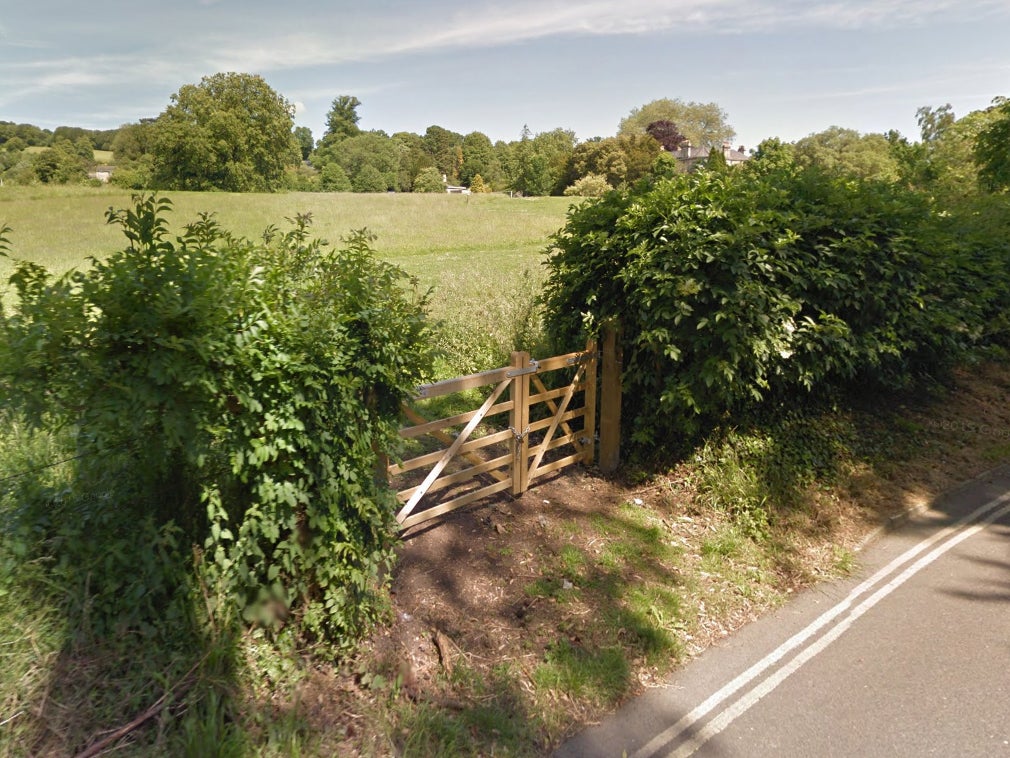Mysterious severed foot found in Bath likely to be 'medical or educational exhibit', say police
'It was thin, it was long, there was skin on the sole of the foot, which was quite crinkled and crumpled up around the heel'

Your support helps us to tell the story
From reproductive rights to climate change to Big Tech, The Independent is on the ground when the story is developing. Whether it's investigating the financials of Elon Musk's pro-Trump PAC or producing our latest documentary, 'The A Word', which shines a light on the American women fighting for reproductive rights, we know how important it is to parse out the facts from the messaging.
At such a critical moment in US history, we need reporters on the ground. Your donation allows us to keep sending journalists to speak to both sides of the story.
The Independent is trusted by Americans across the entire political spectrum. And unlike many other quality news outlets, we choose not to lock Americans out of our reporting and analysis with paywalls. We believe quality journalism should be available to everyone, paid for by those who can afford it.
Your support makes all the difference.A served human foot found earlier this year in a Bath park is most likely “an exhibit from a medical or educational establishment”, police have said.
The foot, found by two members of the public while walking their dog in Weston Park East on 19 February, has baffled police and forensic experts who have spent three months trying to find an explanation for how and why the foot came to be in the park.
Simon Clarke, who discovered the left foot, cut just above the ankle with Nicky Jefferies, told BBC Radio 4’s Today programme it was, “Old, leathery, yellow… dirty or stained. It looked to me that it had been parted company from its owner for some time.”
“It was thin, it was long, there was skin on the sole of the foot, which was quite crinkled and crumpled up around the heel,” said Ms Jefferies.
The park was cordoned off and treated as a crime scene. Detective Inspector Paul Catton from Avon and Somerset Police told Today he compiled a long list of questions surrounding the discovery including: “How did it become severed from the body? How long had it been there?... Could I establish whether it was a missing person or someone we had concerns over their safety?... Was it a joke or was it something sinister?”
As part of the investigation, detailed forensic tests were carried out on the foot by a number of scientific experts across the country.
A Home Office pathologist confirmed the foot was human. He said: “It didn’t appear to be fresh but neither did it appear to be rotten, so it didn’t appear to be something that had been decomposing undiscovered for a period of time.”
Dr Heather Bonney, a forensic anthropologist at the Natural History Museum in London, told BBC News the foot contained hardly any DNA and embalming or preservation in chemicals could have caused the lack of genetic material.
The foot's bones, she said, suggested it had come from someone in their twenties or older and that it was “entirely consistent with either a medical or anatomical or museum specimen”.
Dr John Troyer, who leads the Centre for Death and Society at Bath University, said it may have initially come from a private collection of anatomical specimens.
Detectives have confirmed the foot to be “non-suspicious” and spoke with local educational and health care providers and the local authority as to establish who the foot belonged to.
Detective Inspector Catton said in a statement: “We have carried out an extensive investigation into the foot and we have exhausted all active lines of enquiry pending any new information.
“We are satisfied that no crime has been committed and that the foot is more than likely an exhibit from a medical or educational establishment.”
Join our commenting forum
Join thought-provoking conversations, follow other Independent readers and see their replies
Comments